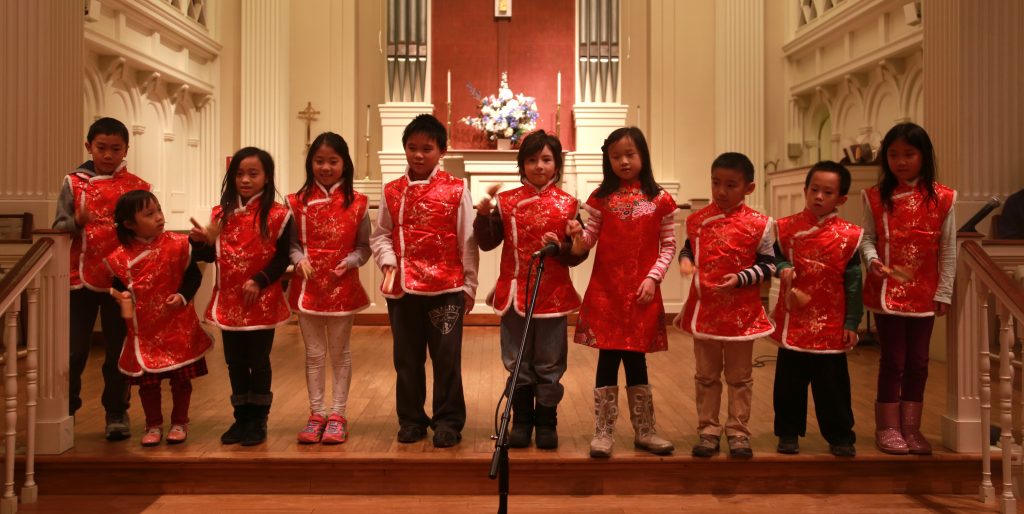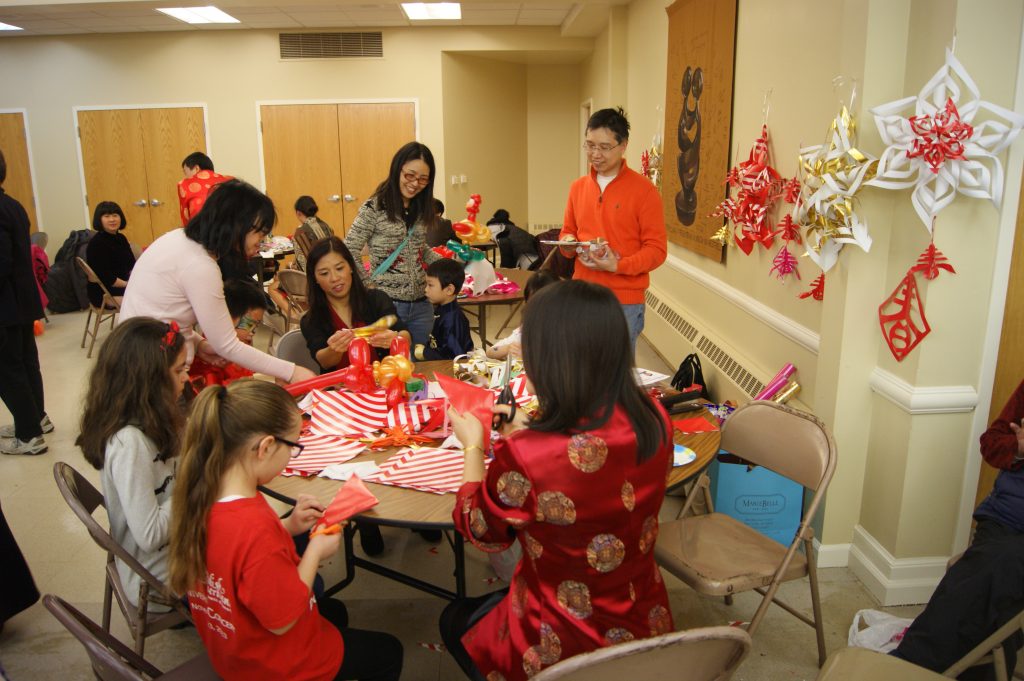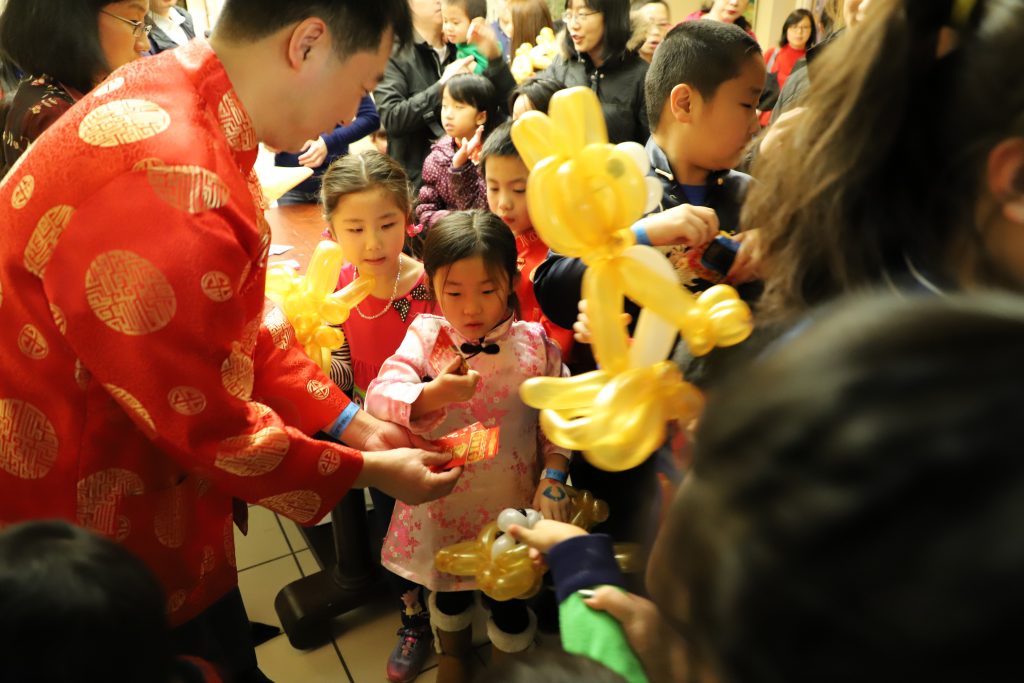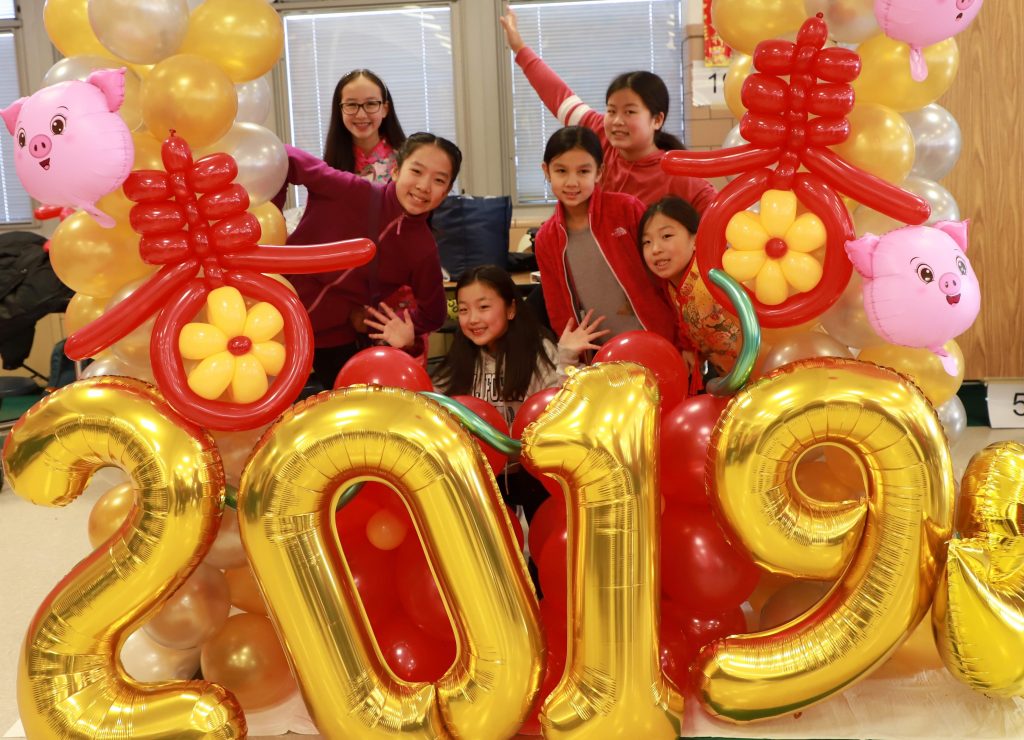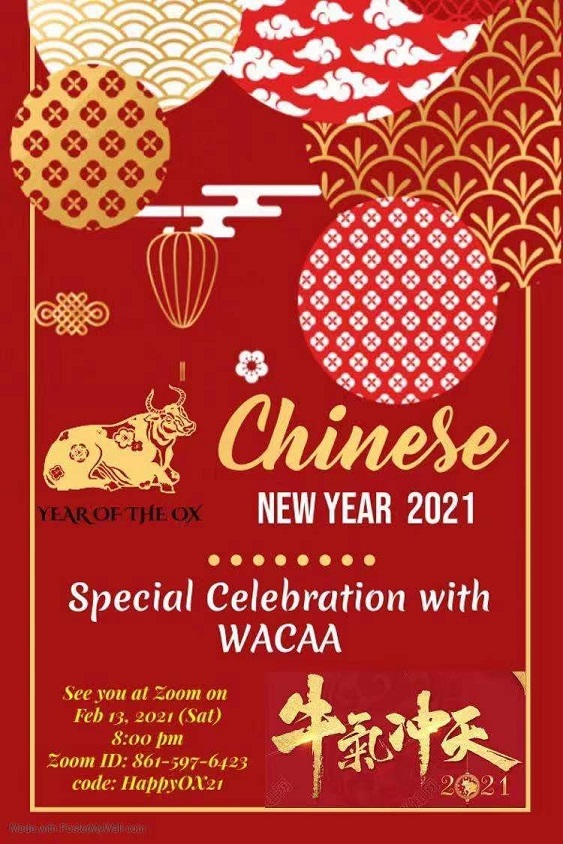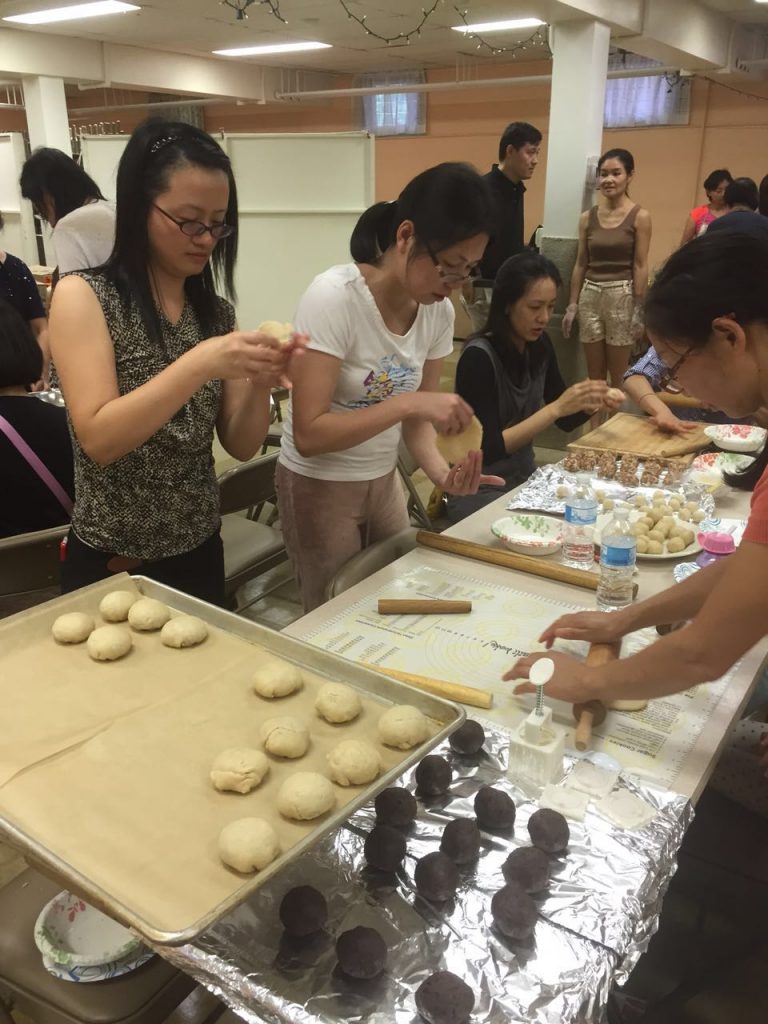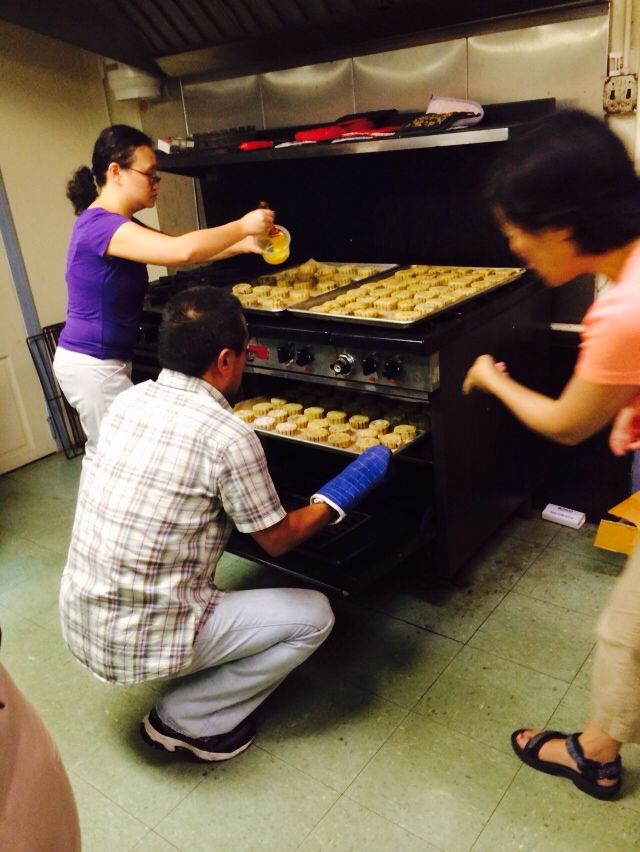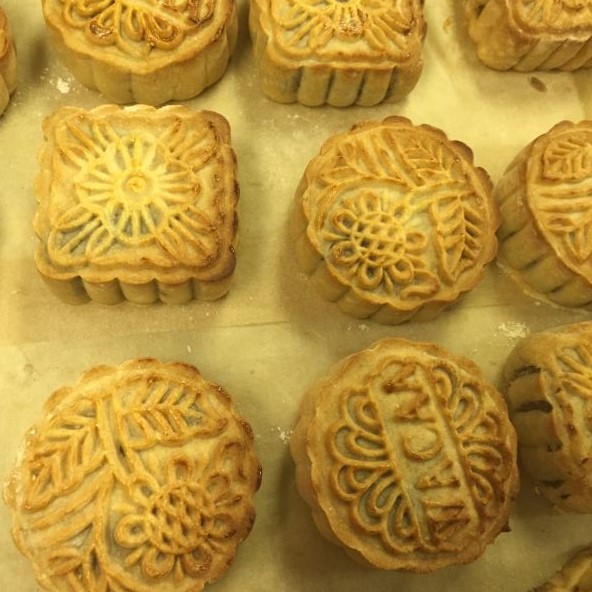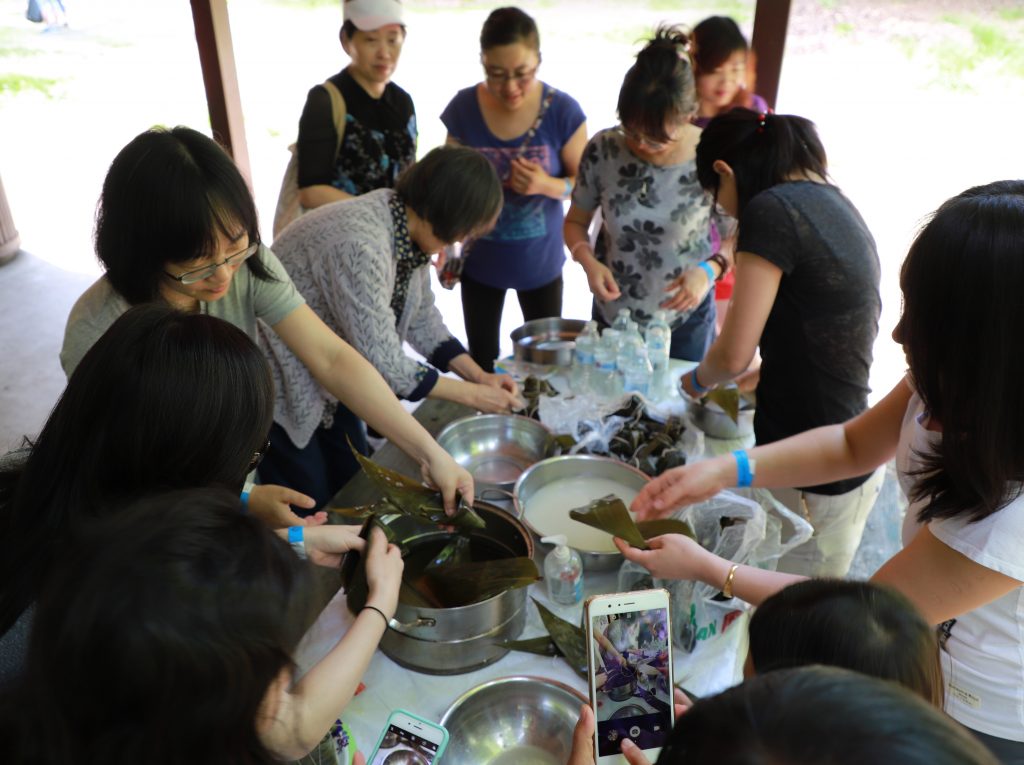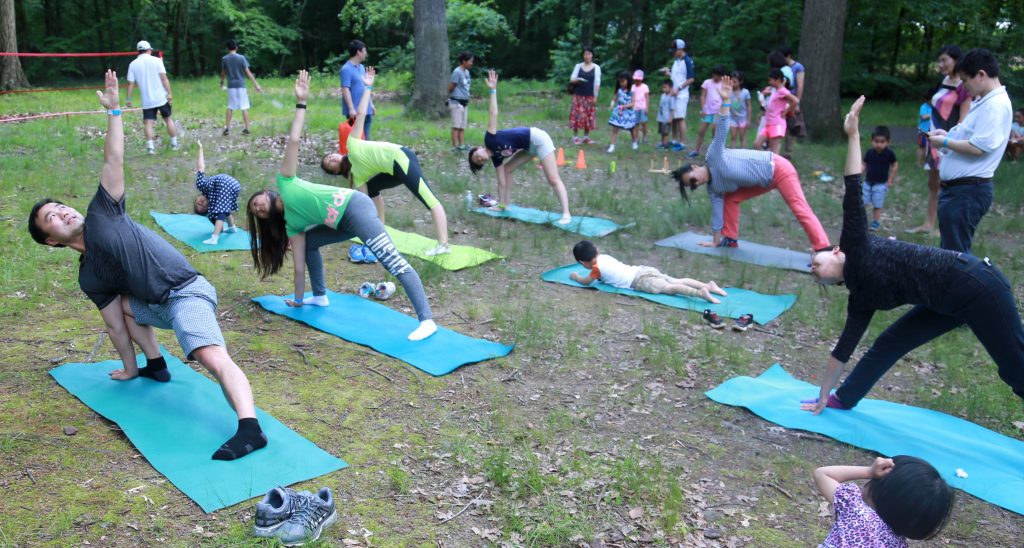Lunar New Year (新年)
Also known as the Spring Festival (春节) or Chinese New Year, this is considered the most important holiday in China and other East Asian countries. It is traditionally observed for 15 days, beginning between January 21st and February 20th of the Gregorian calendar, and associated with an animal in the 12-year zodiac cycle. Customs include gifting red envelopes filled with money, lighting firecrackers (thought to scare away spirits), and making dumplings and rice cakes. A more recent one is watching the New Year’s Gala performance on New Year’s Eve. WACAA hosts its own version of the gala, featuring music, dance, and skits, as well as food and games.
Mid-Autumn Festival (中秋节)
This holiday falls on the 15th day of the 8th month of the Lunar calendar (around mid-September to October), corresponding with the full moon. It is said that the holiday originated to honor Chang’e, who became goddess of the moon after consuming an immortality elixir. The moon is often seen as a symbol of family reunion. The most prominent holiday tradition is sharing mooncakes, a pastry typically filled with red bean or lotus seed paste and salted egg yolks. Other customs include burning incense and lighting lanterns.
Dragon Boat Festival(端午节)
Occurring on the fifth day of the fifth month of the Lunar calendar, this holiday commemorates the death of Qu Yuan, a poet and politician during the Warring States period who threw himself into a river when his home country was captured. According to legend, the local people raced over to save him, but were unable to, so they dropped sticky rice into the river to lure the fish away from his body. This evolved into the tradition of dragon boat racing and making zongzi (rice dumplings). WACAA holds an annual picnic to celebrate.
